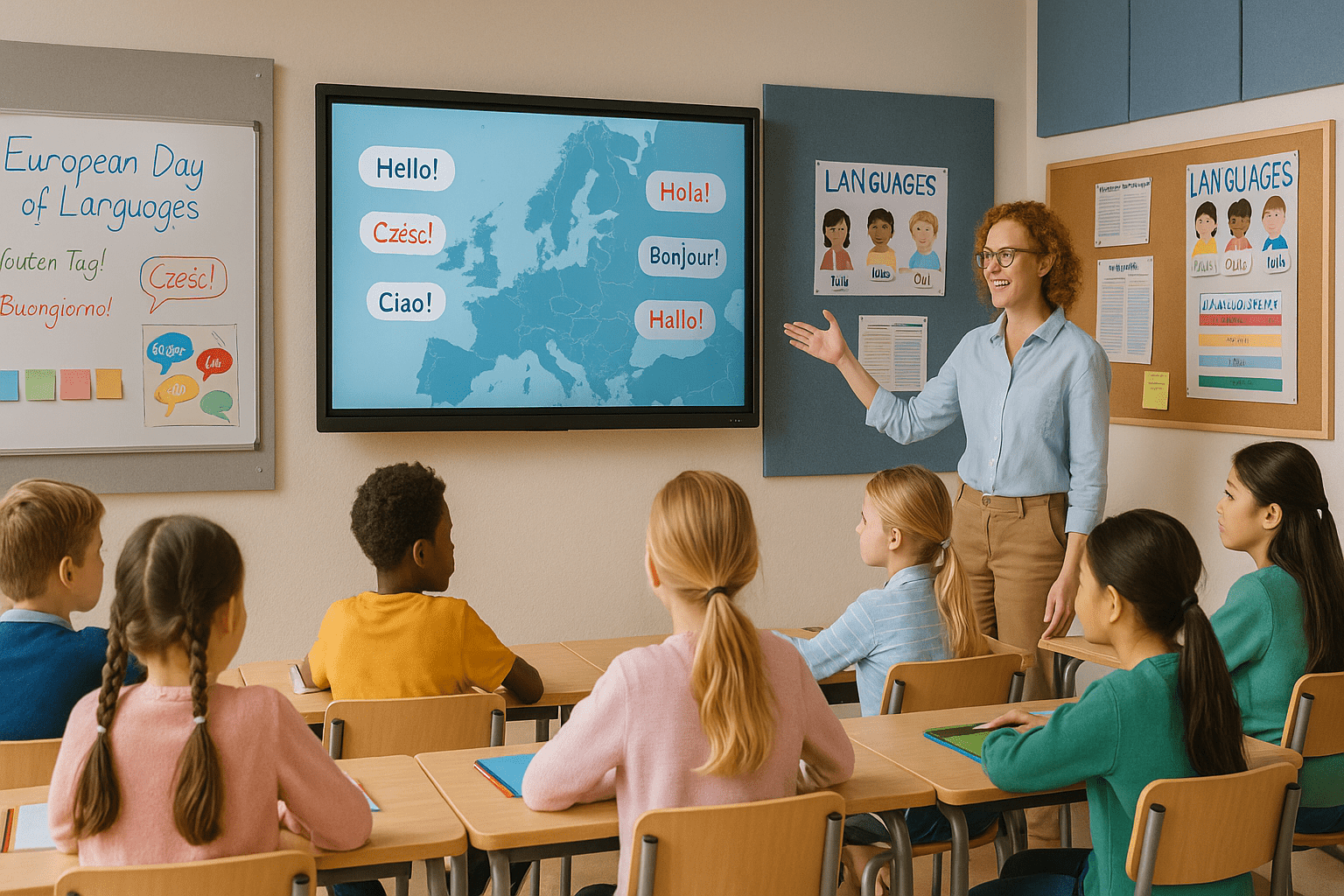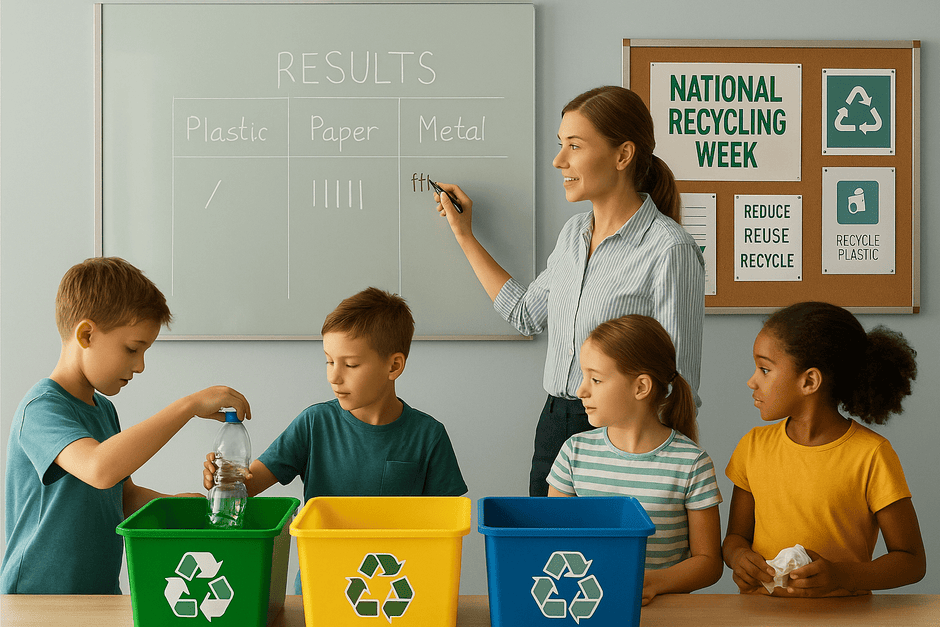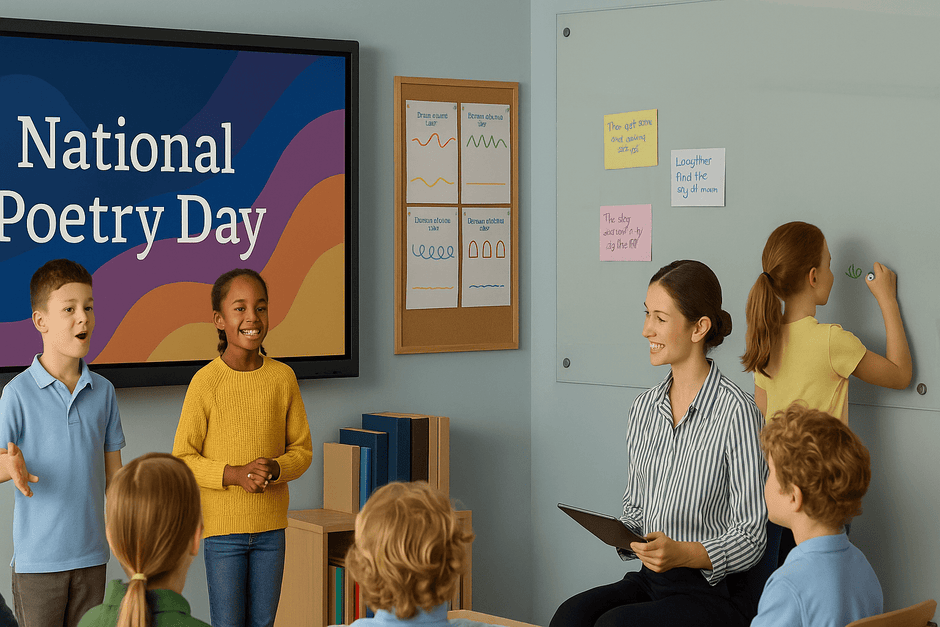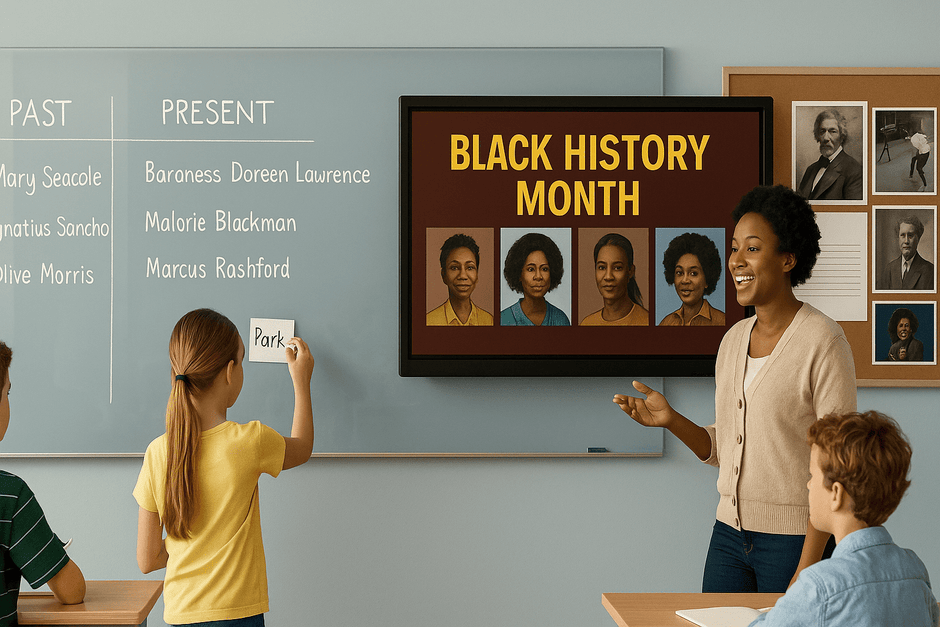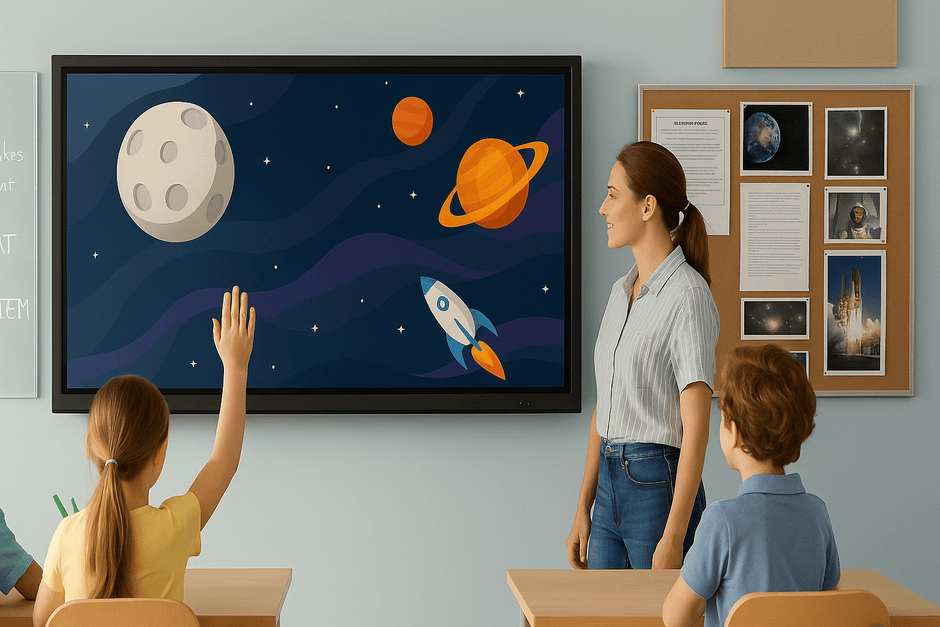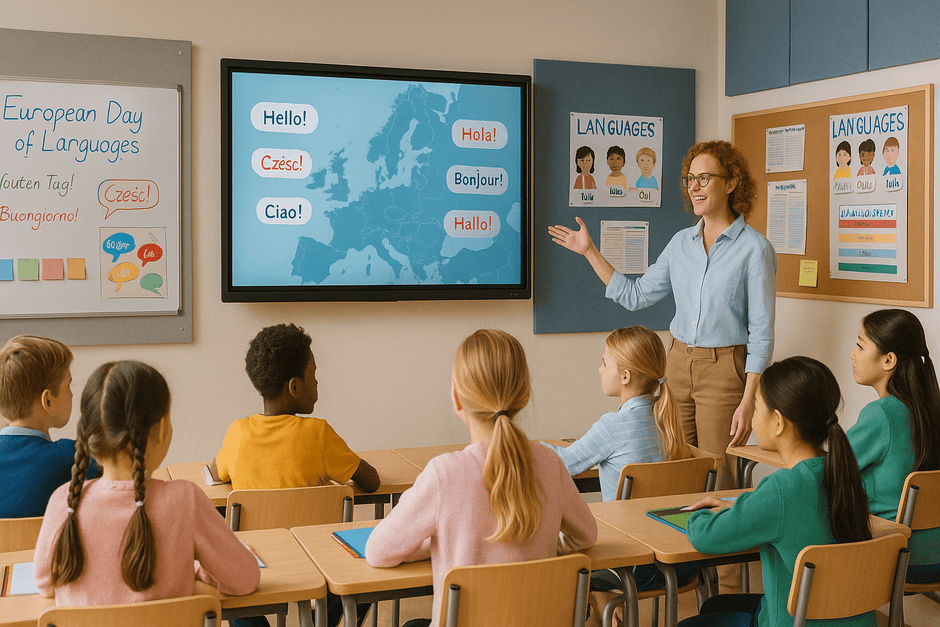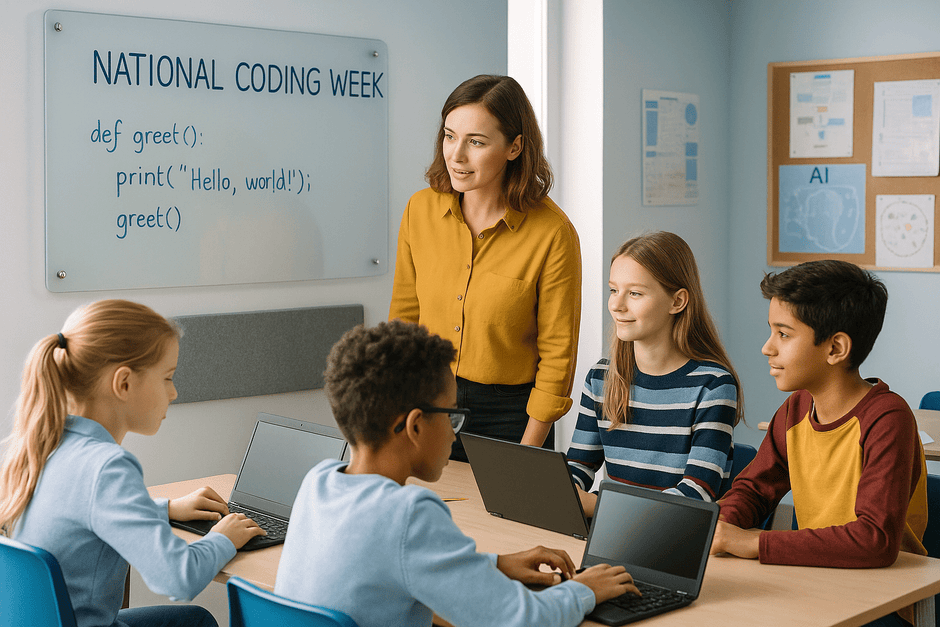European Day of Languages 2025: What worked last year − and how to make this year even better
Date: 26 September 2025 • Read time: ~12 minutes
European Day of Languages (EDL) is a chance to celebrate linguistic diversity and pupil voice. Here’s a practical guide to plan 2025 — grounded in what schools ran and loved in 2024 — plus space ideas to make language learning visible and inclusive all year.
Why EDL matters
EDL (26 September) champions plurilingualism, cultural understanding, and the joy of language learning. Beyond vocabulary, it’s about identity, confidence and connection — giving pupils tools to understand the world and each other.
Schools tell us the most successful EDLs combine celebration with visibility: pupils see and hear languages around school, contribute their own voices, and feel proud of their heritage and learning.
What schools did in 2024
Looking back at 2024, several patterns stood out:
- Multilingual assemblies with songs, poems and pupil-led introductions in different languages.
- Immersive classrooms featuring landmarks, maps and cultural artefacts.
- Heritage language shout-outs where pupils and staff shared greetings and phrases from home languages.
- Creative media such as short videos celebrating the range of languages in school communities.
- Food tasting and culture trails that turned corridors into language journeys.
These approaches were popular because they were multisensory, invited pupil leadership, and created displays that lasted beyond the day.
What worked best − and pitfalls to avoid
- Do mix music, art, food, speaking and display so every learner finds a way in.
- Do invite pupil ambassadors to plan and present — ownership boosts engagement.
- Do champion home and heritage languages to build pride and belonging.
- Don’t stop at greetings only — go deeper with idioms, proverbs, poems, short dialogues.
- Don’t over-plan costly activities; simple, well-scaffolded tasks often land better.
- Don’t make it a one-off; follow up with weekly language spotlights or displays.
Ideas for 2025 you can lift
- Speed greetings — rotate and practise “hello + one phrase” in several languages.
- Immersion corners — mini-stations with music, artefacts and short vocabulary challenges.
- Video postcards — 30–60 second clips: “A phrase I love”, “A proverb from home”.
- Language & culture quiz — idioms, landmarks, “false friends” and tongue-twisters.
- Poetry & song — short performances that are easy to stage and record.
- Food tasting — keep it simple; pair each item with 3–5 key words to learn.
- Language trail — QR codes in corridors linking to audio clips recorded by pupils.
Inclusion, wellbeing and home languages
Ensure quieter pupils or beginners can contribute: sentence stems, paired practice, and multiple ways to participate (speaking, writing, drawing, recording). Celebrate SEND-friendly formats (large print, high-contrast displays, calm spaces). Make multilingual displays accessible at eye level and keep them up after EDL to signal value year-round.
Learning spaces that help
EDL comes alive when the environment supports it:
- Glassboards for multilingual quote walls and shared vocabulary — easy to refresh weekly.
- Display boards for posters, maps and “hello walls” featuring home languages.
- Acoustic panels to improve speech clarity for assemblies, poetry and song − aligning with BB93 good practice.
- Interactive screens to show pupil videos, connect with partner classes and display live captions.
- Projection screens for whole-hall showcases and community events.
Relevant products from Presentation Spaces
Explore solutions that make languages visible, inclusive and collaborative:
- Glassboards − low-ghosting, easy-clean writing surfaces for quotes, phrases and class contributions.
- Display Boards − celebrate posters, maps and multilingual work around the school.
- Acoustic Panels − calmer assemblies and clearer speech for readings and songs.
- Interactive Screens − share pupil videos, live captions and virtual guests.
- Projection Screens − ideal for whole-school showcases and performances.
Sample day plan (26 September)
| Time | Activity |
|---|---|
| 08:45 | Multilingual assembly − pupil ambassadors introduce greetings; short poem or song. |
| 09:30 | Tutor-time speed greetings; pair practice using sentence stems. |
| 10:30 | Immersion corners rotation (music, artefacts, mini quizzes, map tasks). |
| 12:30 | Optional tasting table − link each item to 3–5 new words. |
| 14:00 | Creative task − poster/poem/video postcard in/on another language. |
| 15:00 | Showcase − corridor displays, video reel on an interactive/projection screen. |
Next steps
Pick two high-impact activities, make them visible on your walls, and plan one follow-up so EDL lasts all term. If you’d like help specifying glassboards, acoustic panels or digital display solutions, we’re here to help.
Talk to us: Contact Presentation Spaces



